In today’s post I’m going to analyze a few clips from game footage to see what sorts of lacrosse goalie tips we can extract.
If you’re not using video to improve your game, I highly recommend you start to integrate recording of practices and games and then spend the time to review your save technique and game play.
I also encourage goalies to review video of other elite goalies, just as other top athletes review videos of other greats to emulate their game.
Ok, let’s get to the reviews and the lessons.
Sometimes during a lacrosse game the shooter gets into a position where he is limited in his shooting options, only able to shoot high for instance.
Perhaps a defender is lifting the attackman’s hands, taking away the ability to shoot low. Or perhaps a long stick is so close to the crease that his only option is to try and dump it high.
Whatever the case may be, as a goalie we need to understand and then read these situations in the game to improve our ability to makes saves.
In this clip, we see Notre Dame long-stick midfielder #46 John Sexton take an impressive ground ball all the way to the cage.
My first reaction is that the Georgetown defenders should have committed to playing the groundball as it entered the box, instead they close guarded their man until it was too late. As the leader of the defense goalies should know good defensive play and ensure their team follows it.
But let’s get to the reason we’re all here: the goalie analysis.
In this play the long stick middie is sprinting full speed towards the goal with his stick out in front of him and in only his left hand.
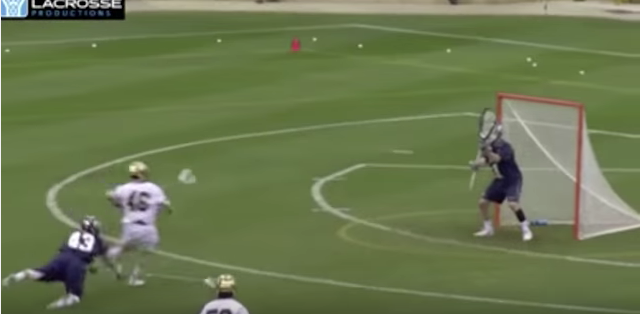
We know to get a shot off he’s going to have to pull the stick back to his right hand. There’s simply no other way to shoot.
Given the speed at which he’s running and length of his long pole there isn’t going to be time for a fake. So as a goalie we can fully commit to his 1st movement on the shot.
We also know that if he pulls his stick back low, the shot is going low. There’s just not enough space to rip a low to high shot nor enough time to throw a fake and shoot high.
We also know that if he pulls his stick back high, the shot is going high. Again, there’s simply not enough space to shoot high to low.
Let’s see what happens. Forgive the lack of clarity of the images, I took screen shots from the video to demonstrate this point.
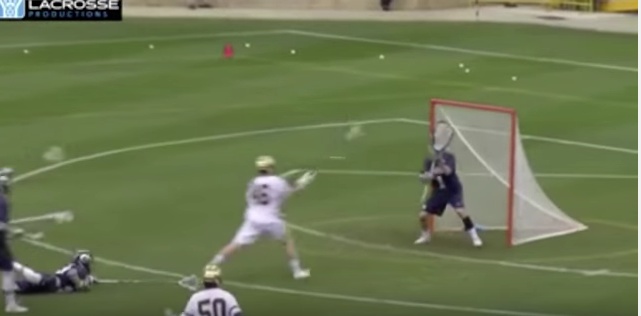
He’s pulled the stick up high. So as goalies we can be damn sure that the shot is going high and commit to that save.
As you can see in the still shot above, Georgetown goalie #1 Nick Marrocco is in good position to make this save.
However as the play progresses we see Marrocco dropping his stick anticipating a low shot.
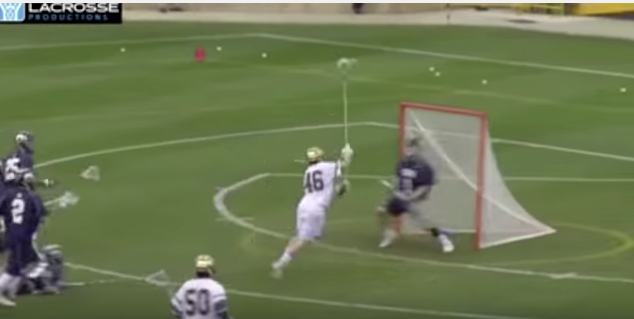
Goal for Notre Dame.
The play happens within a second so please don’t think I’m saying this is easy. Playing lacrosse goalie, especially at the NCAA DI Level, is not easy.
However by recognizing situations when a shooter has no choice but to aim for a certain part of the goal, us lacrosse goalies can put a little bit of the advantage back in our corner.
In this next clip we see current MLL and former Syracuse University goalie John Galloway make a save in tight.
There’s a few nice takeaways that young goalies can learn from studying this clip.
First, as I discussed in this post on baiting the shooter, a great time to bait a shooter is when they are in tight, right next to the crease.
Notice how Galloway sets up in a crouch baiting the shooter to put it high. The shooter obliges and Galloway is ready to spring out of his stance to make the one-on-one save.
Second, as a lacrosse goalie you’re responsible for communicating the situation to your defense.
After a play like this where an attackman drives, a slide comes and delivers a hit, a save is made, many defenseman might be confused as to what is going on. Notice how Galloway instantly communicates the location of the ball to his teammates.
There’s no accompanying audio on this video but you can be sure that in addition to pointing at the ball the goalkeeper is yelling at the top of his lungs the location of the ball and/or for his defense to RESET if its clear the offense is going to collect the loose ball.
Since Galloway breaks back behind the cage for an outlet though we know his team picked up the GB.
And finally, perhaps most importantly, notice the raw emotion that Galloway flashes.
As a goalie all eyes are on you. So how you react in moments of greatness and in moments of defeat is picked up on by your entire team.
Here we have a moment of greatness. I’ll write about reacting in moments of defeat (i.e. goals) in a future post because its equally important.
A 1×1 save like that can completely change the momentum of the game. If you just stand there calmly, you’re missing out on a great opportunity to pump up your team. And that’s what great leaders do, they inspire their teammates.
So if you’re a goalie reading this, don’t be afraid to give it a fist pump and loud victory yell after making a great save, or any save at all for that matter.
I’m not saying you should taunt your opponent, that’s very different. I am saying that letting out emotion after a big save will contribute to your leadership and pump up your team even further.
This next clip is from MLL goalie Brett Queener who probably drove every head coach he played for absolutely nuts with his penchant for sprinting the length of the field for a full field clear.
Whether or not you agree with Queener’s style of running up the field, one thing is blatantly clear: he’s the best athlete and the best stick handler on the field.
Look at those moves.
After watching this clip you can see that Queener is the fastest player on the field, the best stick handler and the overall best athlete.
That’s what all goalies should strive to be.
Lacrosse goalie is not a position where you can simply stick the largest kid in goal and hope he succeeds. Goalies should be the best athletes on the team.
Leading the clear is essentially part our game after we make a save.
In the clip below the takeaway is simple and clear. Notice how the goalie instantly has his head up going through his clearing progressions.
In my guide on leading the clear I talked about how your 1st look for an outlet pass should always be where the shot came from.
Often times, as is the case here, a middle will slip behind the offense and be in perfect position to receive an outlet that can lead to a fast-break.
Understanding how to run a clear can lead to goals for your team. Just as it does in this play.
The other takeaway from this video clip happens on the other side of the field.
As a goalie as soon as you recognize a fast break situation you should be yelling that to your defense.
When your team has the ball on offense a goalie should clarify with his defense how they’re handle a fast break in the event it occurs. Who has point on the break, who has left and who has right in the defensive triangle to guard the 4 on 3.
The white team (Virginia) is extremely late in getting setup in their triangle to defend the fast break even though its pretty clear as soon as the Maryland long pole catches the outlet pass that they’re going to have a 4 on 3.
The point man in the fast break triangle doesn’t slide over until the longpole is about 6-7 yards away from goal and already a pure threat to shoot.
As goalies always ensure that your D knows before the play happens how they’ll defense the fast break. Then when the fast break occurs communicate loudly when you want the point man to slide and the entire triangle to rotate.
Two of the lacrosse goalie terms you need in this situation are:
HOLD – Let’s point man in the triangle know the ball carrier is not a threat yet and he should hold his position splitting two – the ball carrier and the other high side attackman.
SLIDE – Yell this when you want the point man to slide. This indicates to every defenseman in the triangle that its time to rotate.
Failure to communicate and failure to get properly setup results in plays like the video, goals against.
I love watching lacrosse on TV. You can view ESPN’s 2016 lacrosse broadcast schedule here.
In addition to simple enjoyment for the game, there’s a ton of knowledge you can get out of watching elite defensives and elite goalies play.
I recommend all goalies and coaches incorporate film review into their lacrosse teaching arsenal.
In your own film you’ll be able to spot problems that need to be fixed. And in the film of elite goalies you’ll be able to spot techniques that you can incorporate into your own game.
Until next time! Coach Damon
Anyone have any film of themselves playing goalie that they’d like me to review? Shoot me an email and the YouTube link to: [email protected].








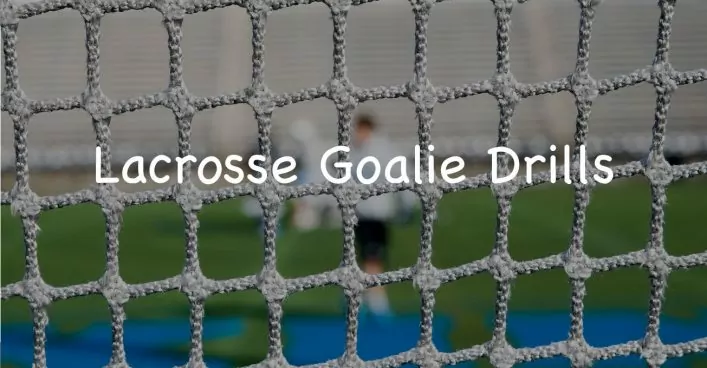 14 Amazing Lacrosse Goalie DrillsAug. 1, 2024
14 Amazing Lacrosse Goalie DrillsAug. 1, 2024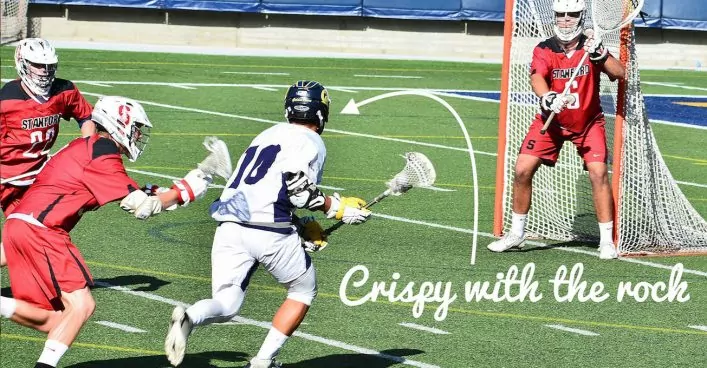 Quick Guide To Lacrosse Slang TermsApril 14, 2025
Quick Guide To Lacrosse Slang TermsApril 14, 2025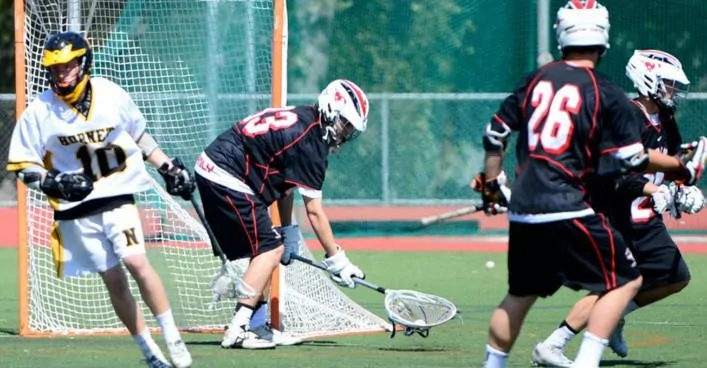 Lacrosse Goalies Rules To KnowJune 28, 2022
Lacrosse Goalies Rules To KnowJune 28, 2022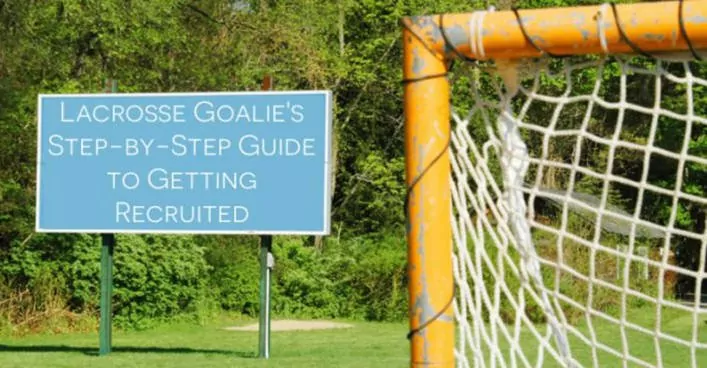 Lacrosse Goalie Step-by-Step Guide to Getting RecruitedFebruary 6, 2022
Lacrosse Goalie Step-by-Step Guide to Getting RecruitedFebruary 6, 2022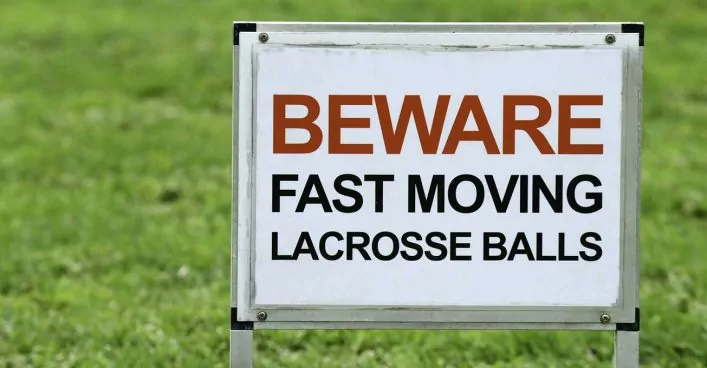 18 Lacrosse Goalie Drills to Improve Your GameApril 24, 2025
18 Lacrosse Goalie Drills to Improve Your GameApril 24, 2025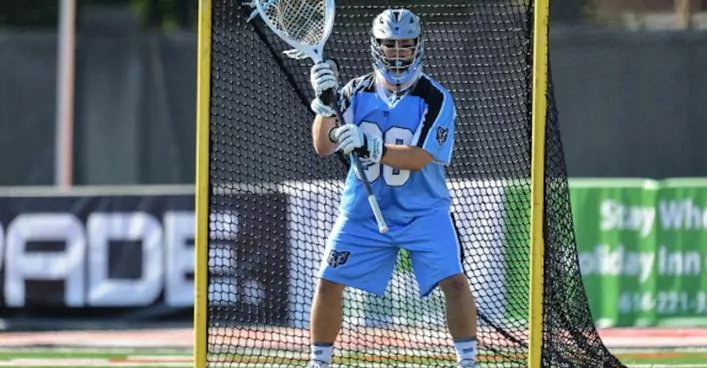 7 Elements of a Great Lacrosse Goalie StanceAug. 1, 2020
7 Elements of a Great Lacrosse Goalie StanceAug. 1, 2020 12 Lacrosse Goalie Tips To Take Your Game to the Next LevelSeptember 10, 2024
12 Lacrosse Goalie Tips To Take Your Game to the Next LevelSeptember 10, 2024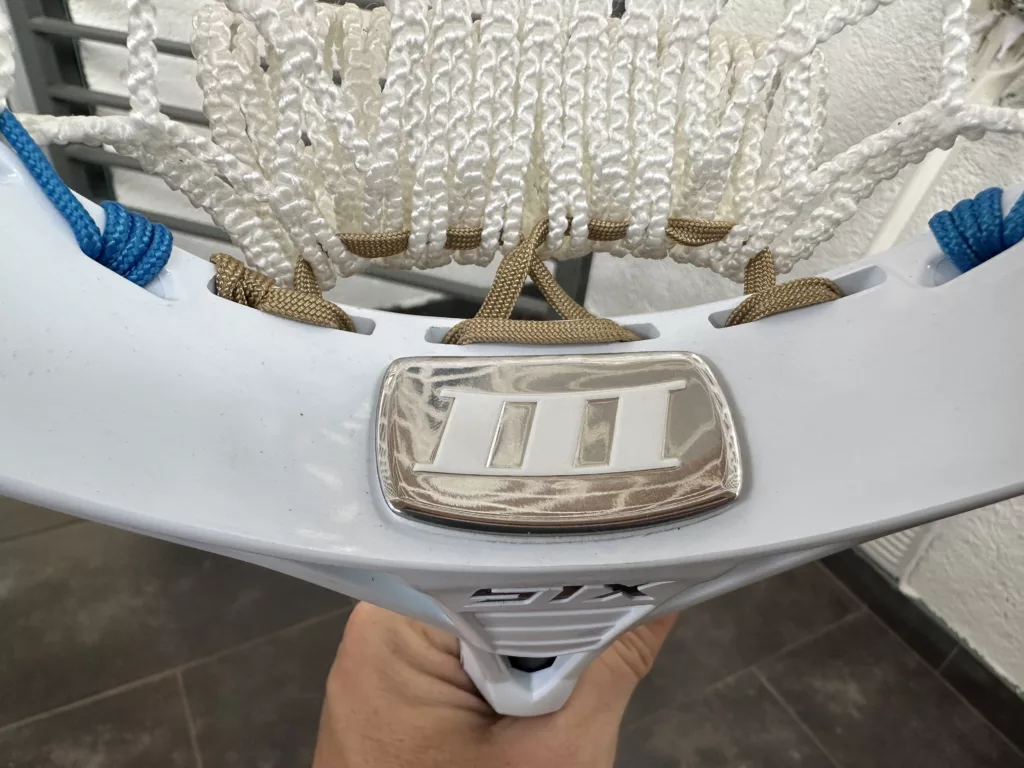 STX Eclipse 3 Goalie Head ReviewApril 24, 2025
STX Eclipse 3 Goalie Head ReviewApril 24, 2025 Lacrosse Goalie WorkoutAug. 12, 2019
Lacrosse Goalie WorkoutAug. 12, 2019 The Basics of Making a SaveJune 29, 2021
The Basics of Making a SaveJune 29, 2021

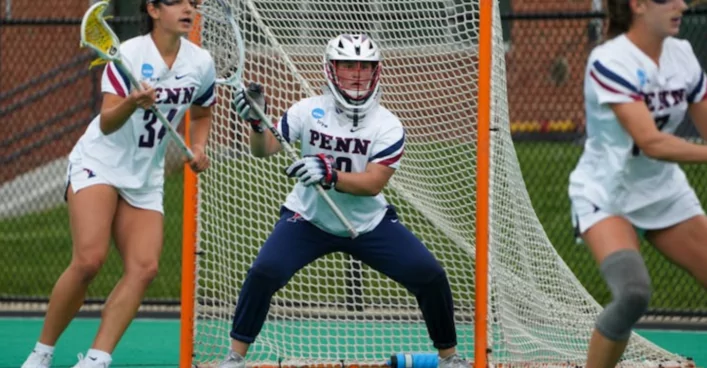

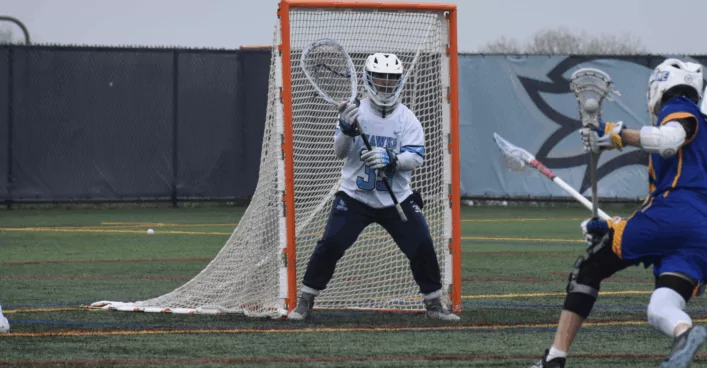
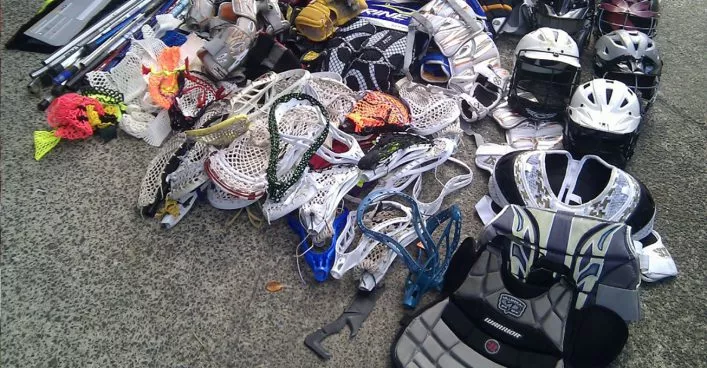

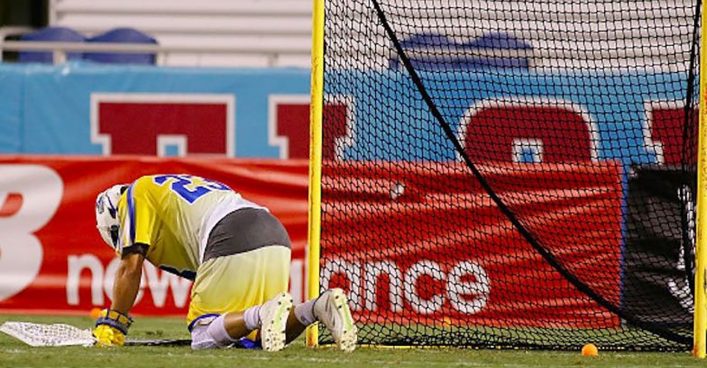
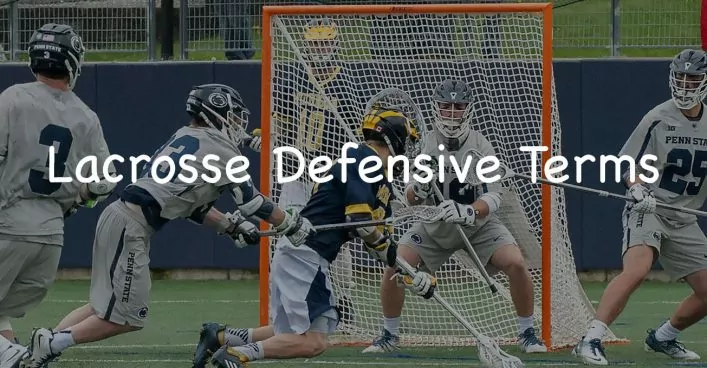
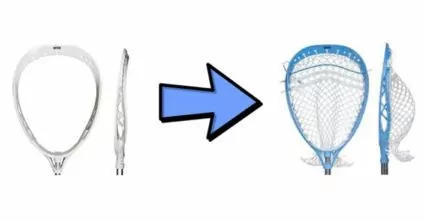








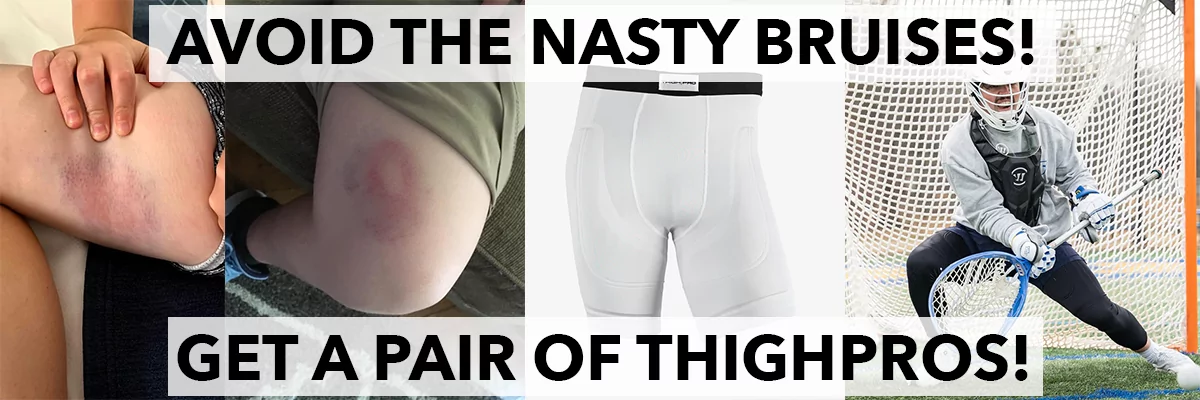

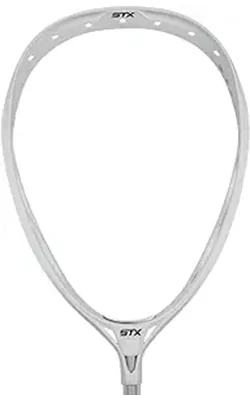

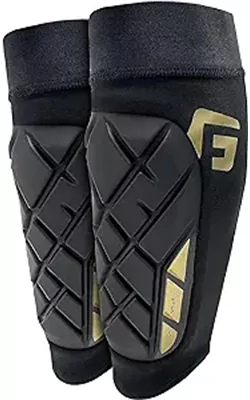
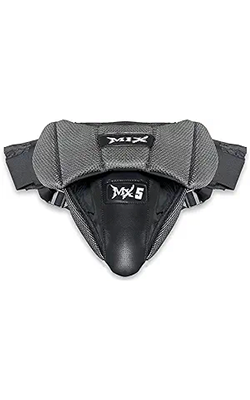


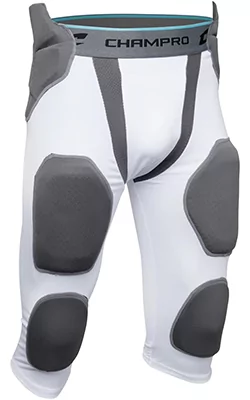




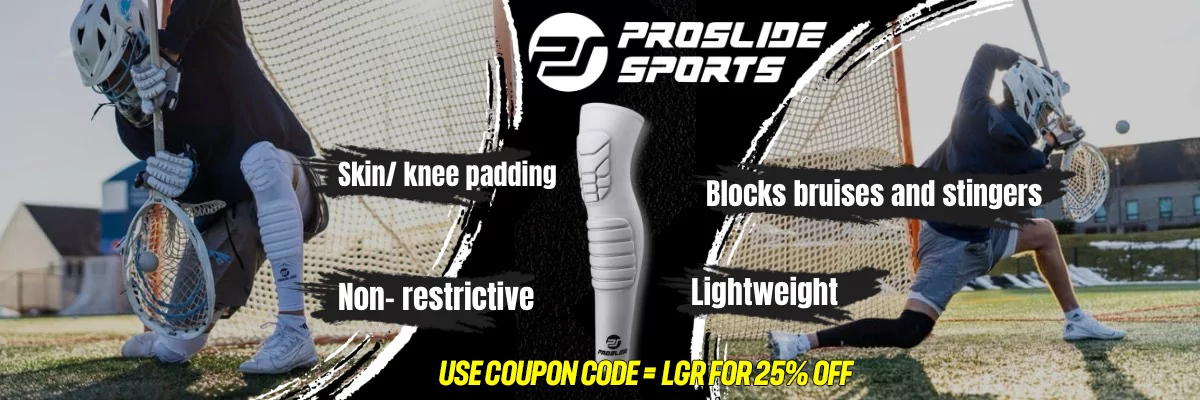
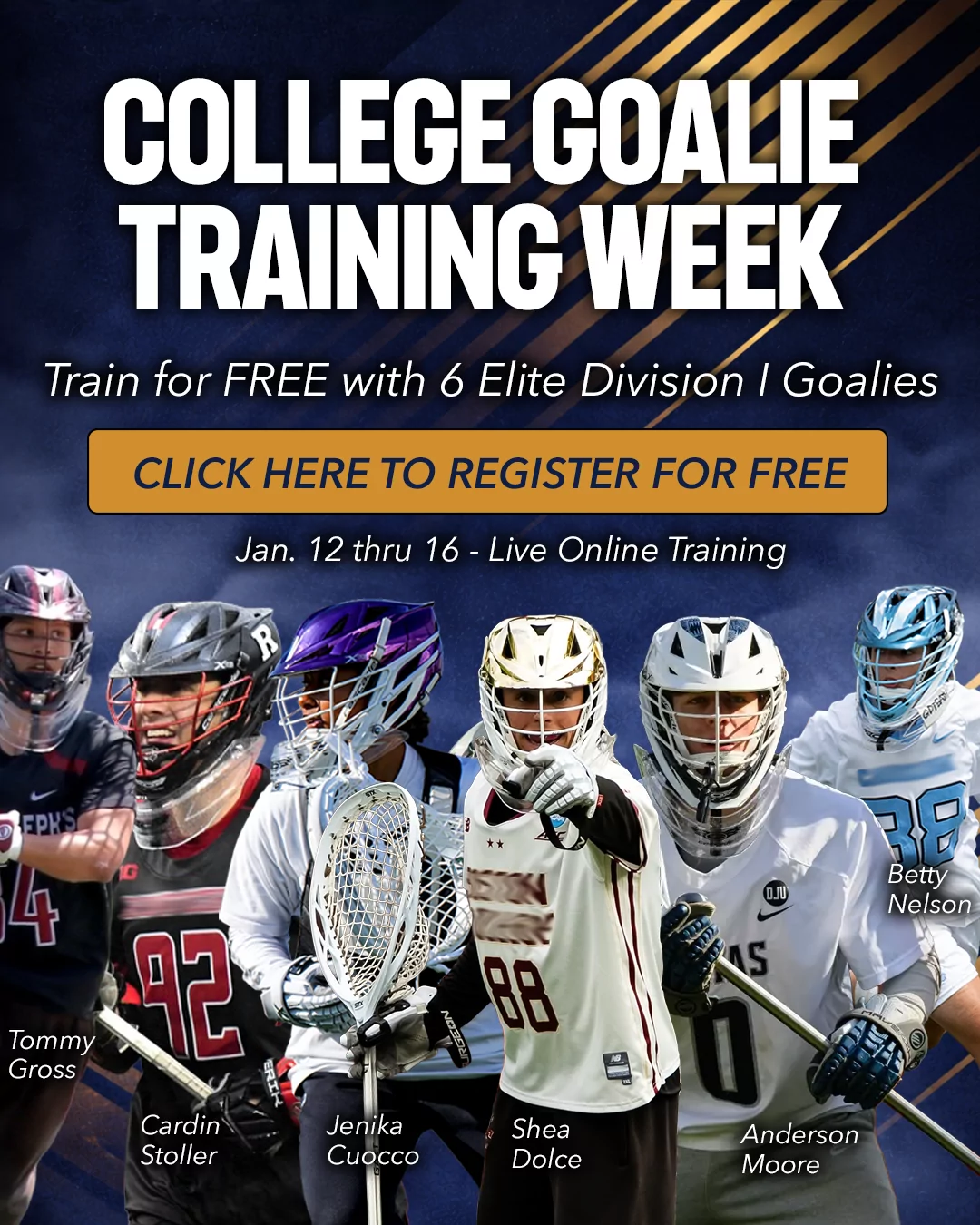




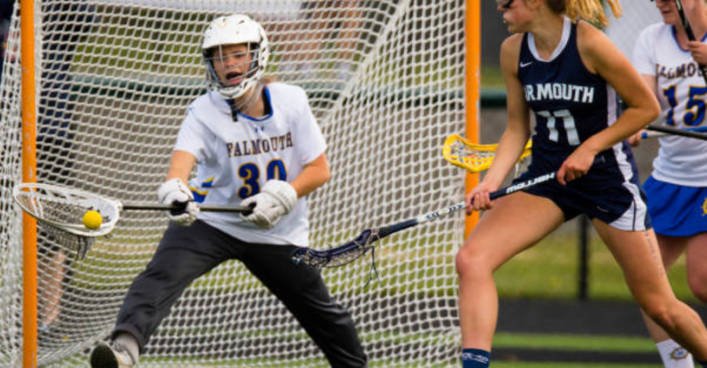

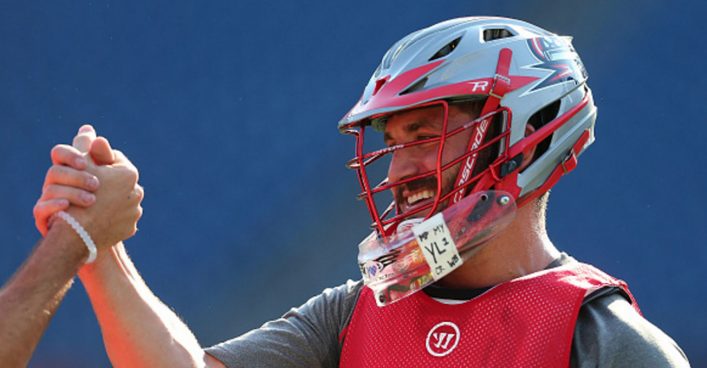










What do u think is the best film to watch like what guys so I ck study and get better?
For free vids probably Trevor Tierney’s Evolution in Goaltending. He plays and teaches a flat arc/lateral step style which may not be what you prefer but the series is pretty good! Other than there’s bits and pieces all over the web including on this site. Good luck!